If you’re active on #sciencetwitter, you may have seen a thread recently about tautonyms. “Tautonym” is a cool word for scientific names where the genus and species are the same word, For example, Vulpes vulpes is the scientific name for the red fox.
I have taken great delight in sharing these tautonyms with friends, colleagues, and random strangers on the bus. However, the problem that I keep having is that people want more details about something than the name. If you’ve had that problem, too, then this blog is for you.
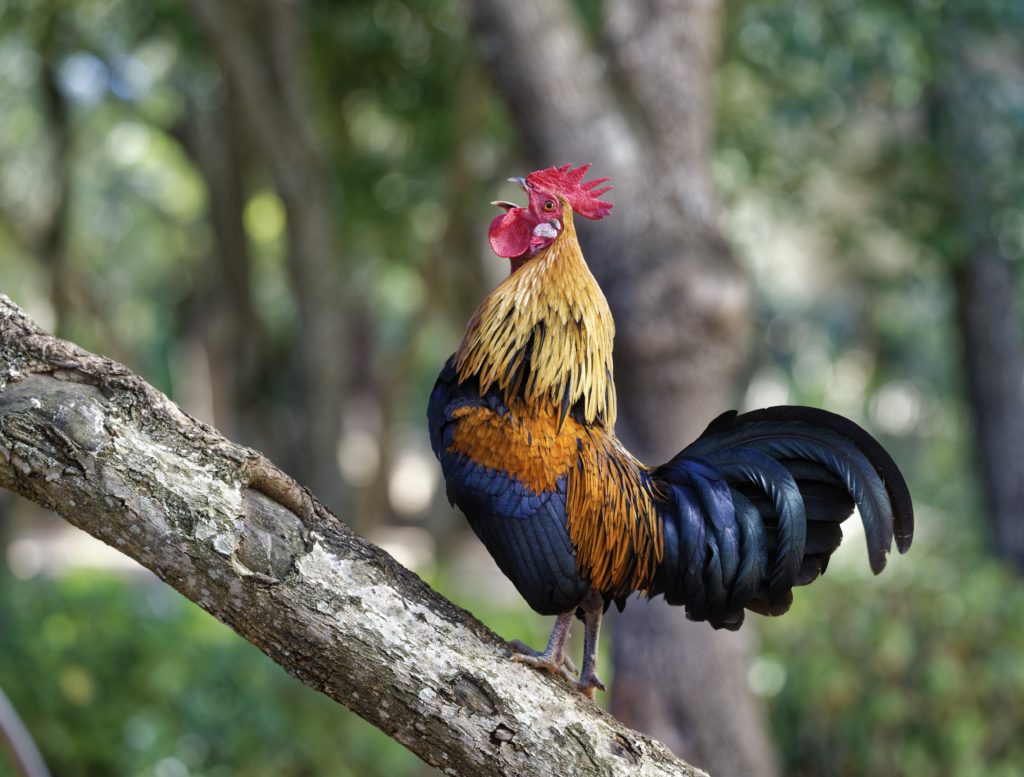
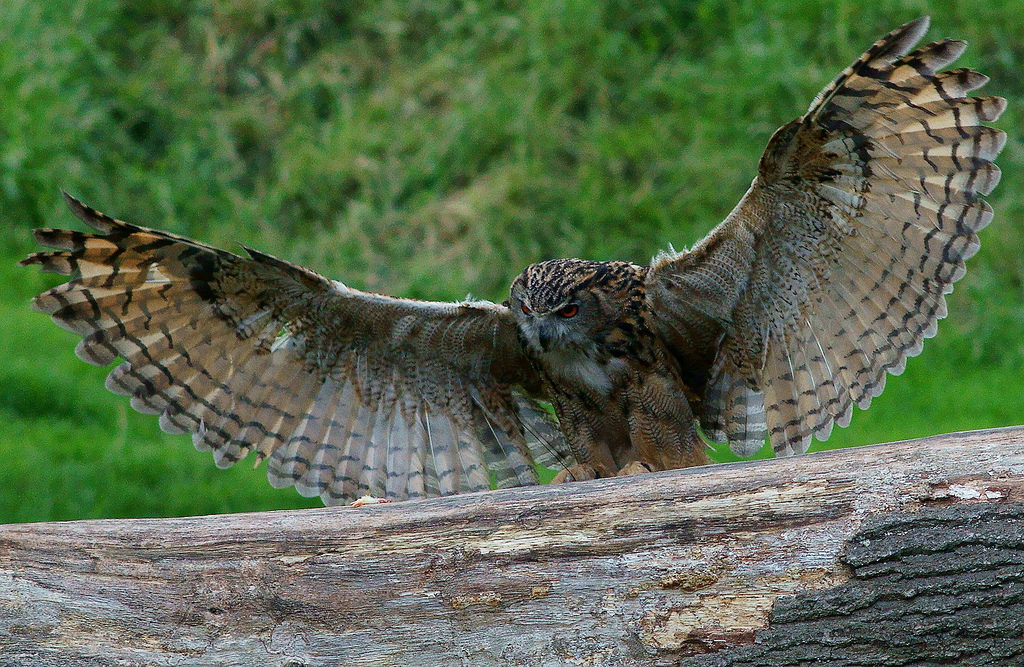
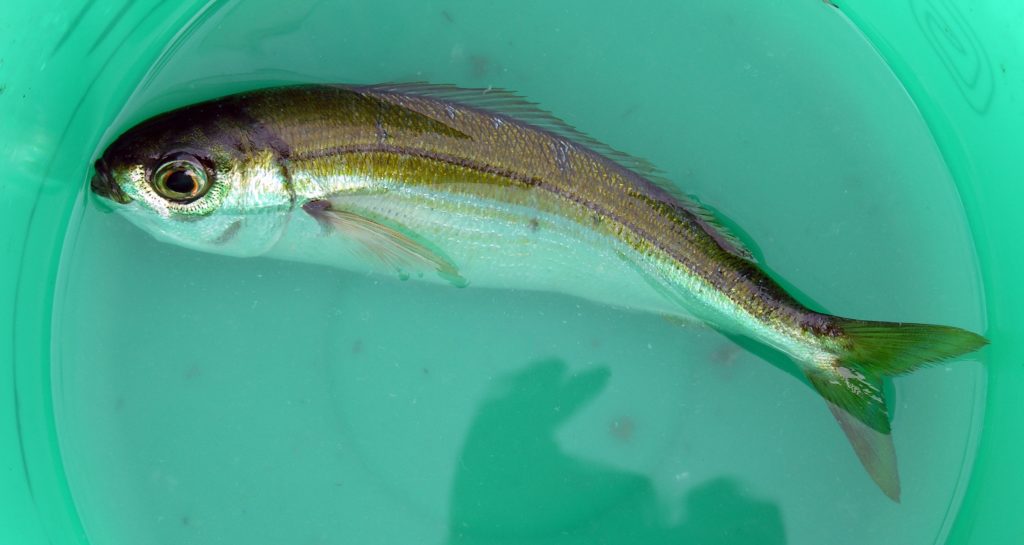
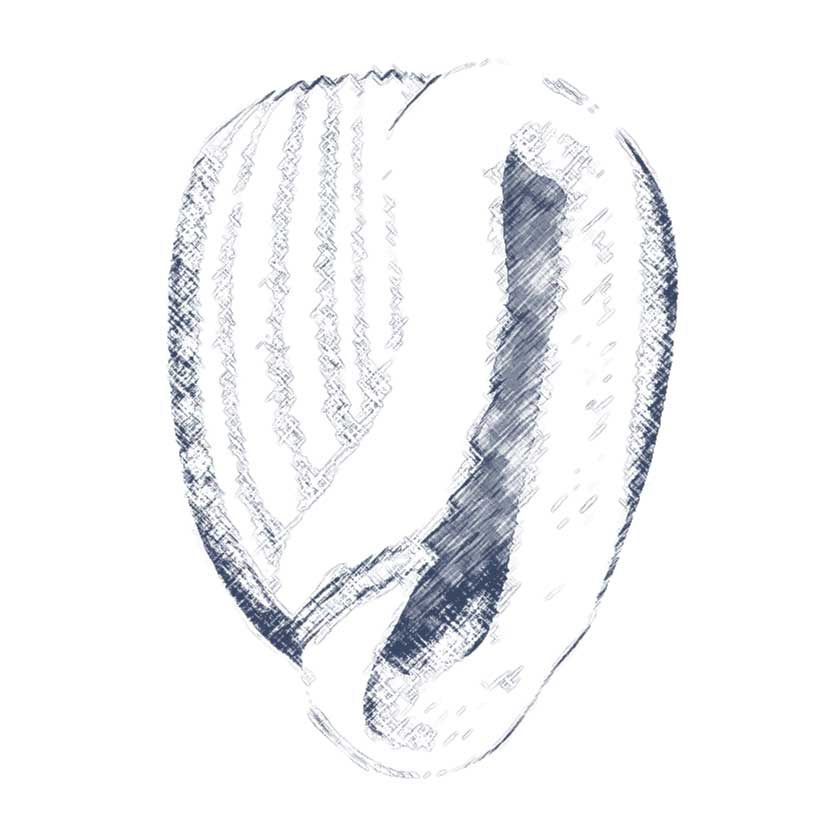
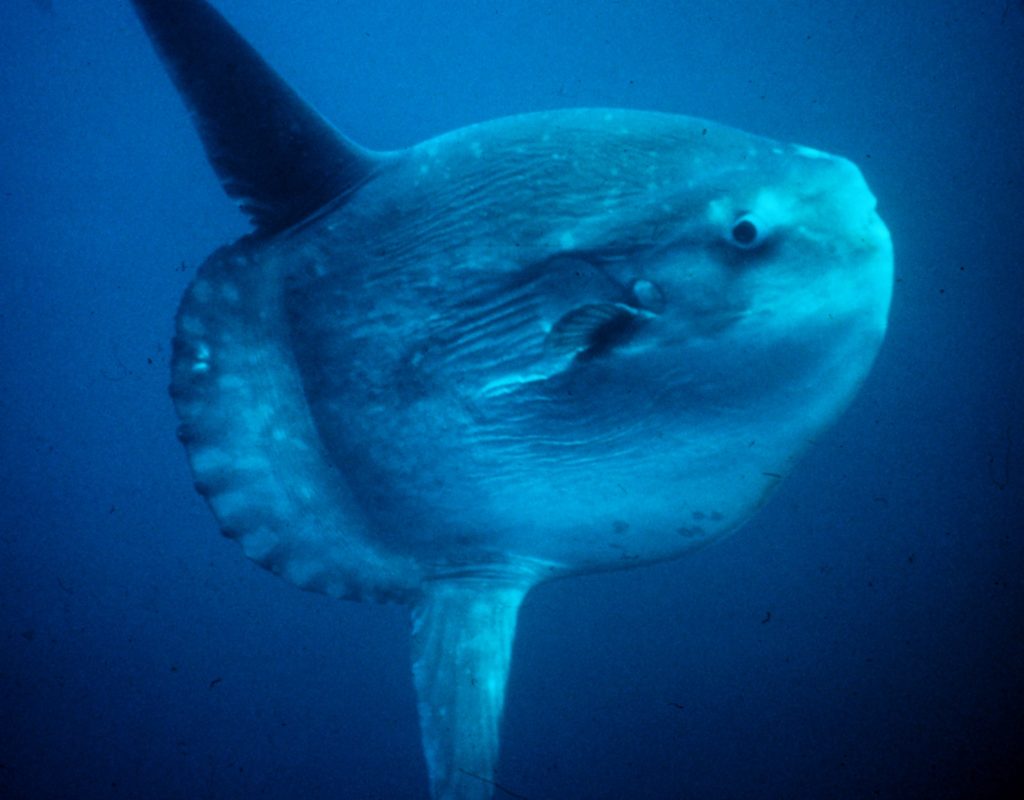
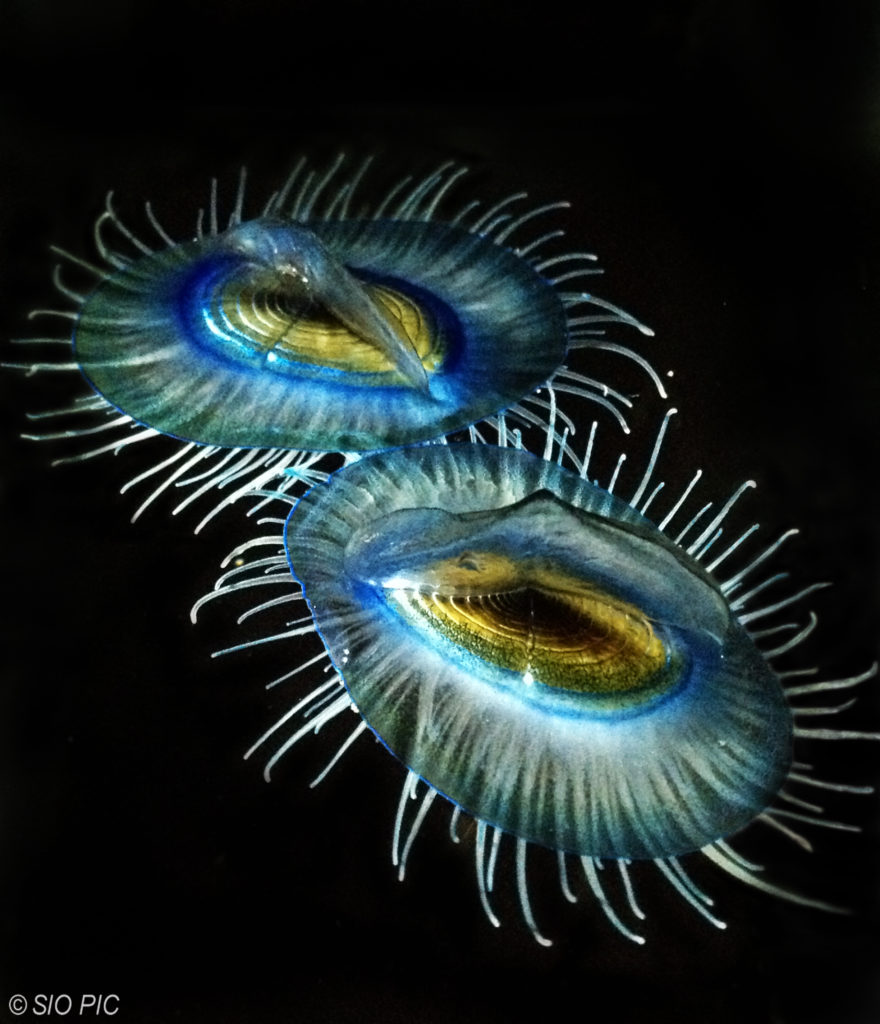
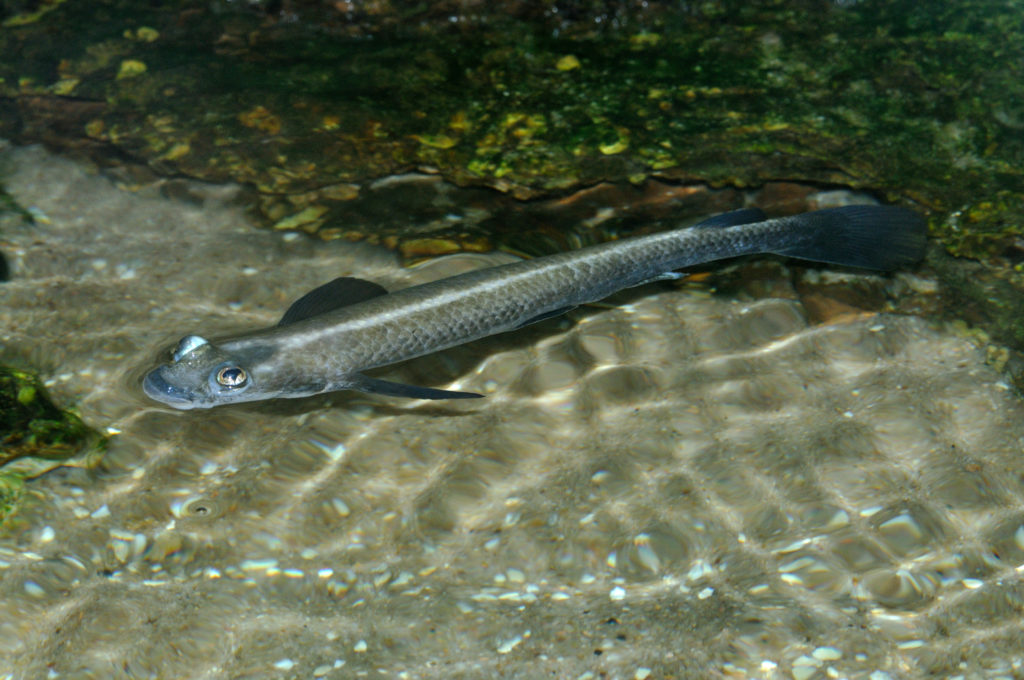
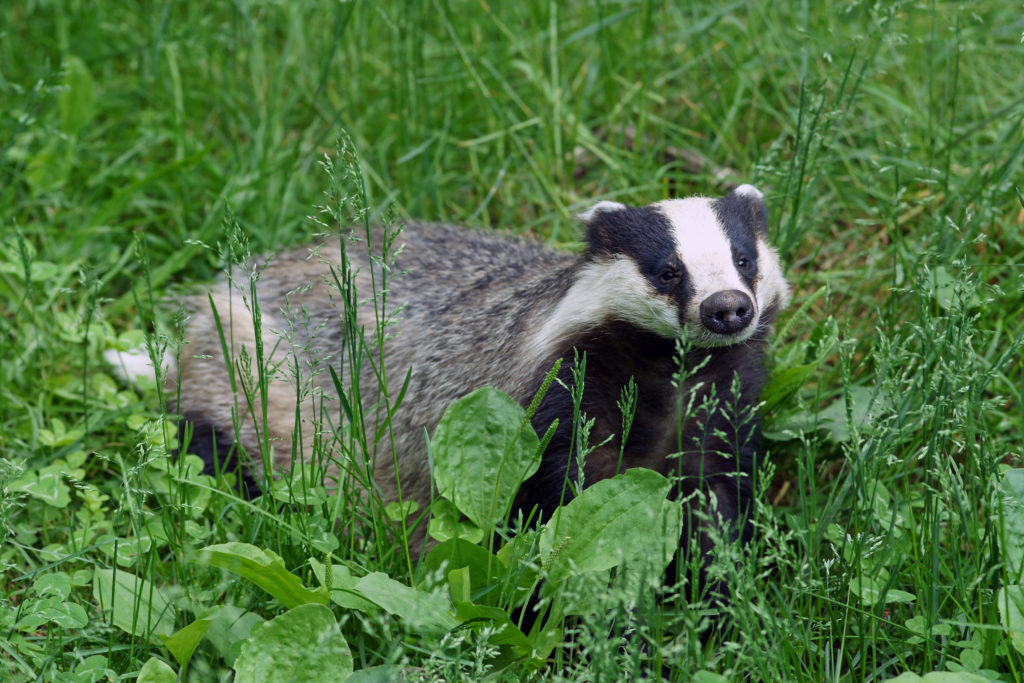
I encourage you to explore more tautonyms; Gorilla gorilla, Lutra lutra, perhaps even Nycticorax nycticorax. It’s a fun excuse to learn something neat.
The following two tabs change content below.
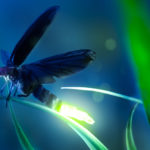

Julia worked as Science Writer at Promega before returning to UW-Madison to go back to the lab bench. She earned a B.S. in biology and a B.A. in chemistry from University of North Carolina Wilmington, and a PhD from University of Wisconsin-Madison. Her hobbies include reading fantasy novels, playing Magic: The Gathering, ultimate frisbee, Netflix, and long walks to the fridge.
Latest posts by Julia Nepper (see all)
- Reliable DNA Purification from 3D Cell Cultures - November 18, 2019
- WiSciFest 2019: A Retrospective - October 21, 2019
- Anti-Cancer Drugs Are Pro-Coral - August 26, 2019
